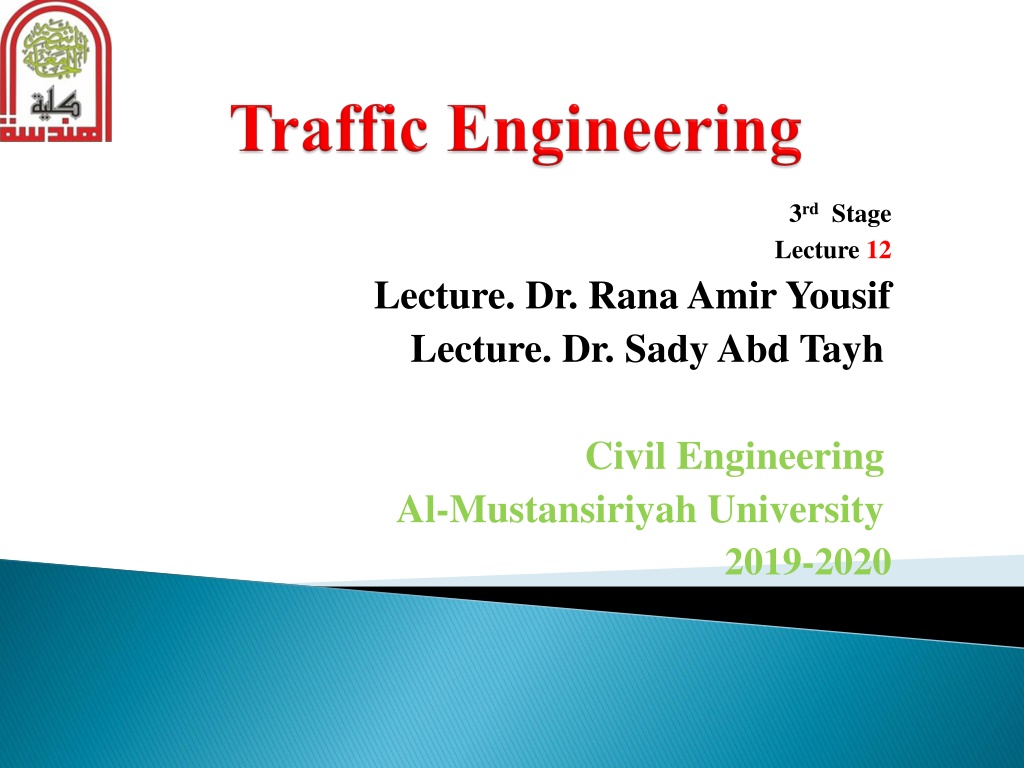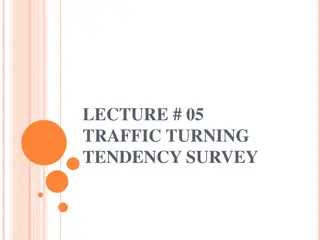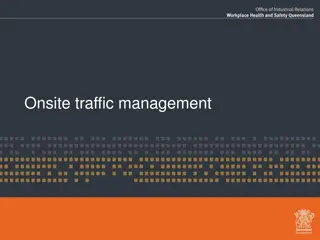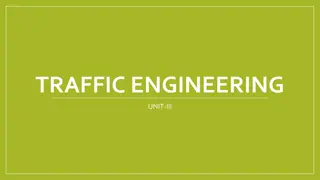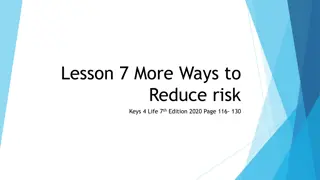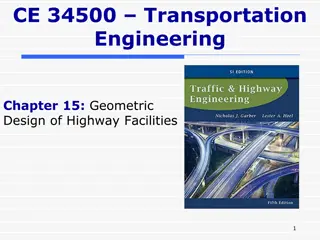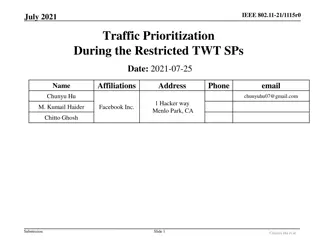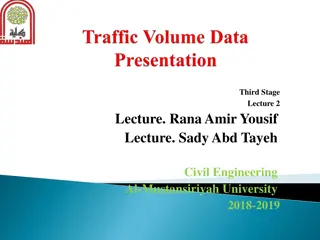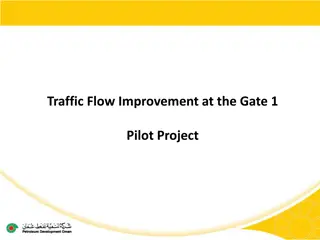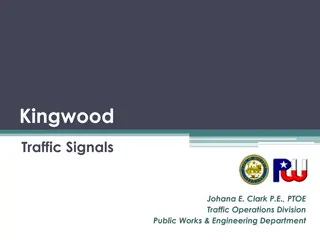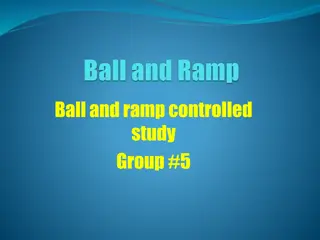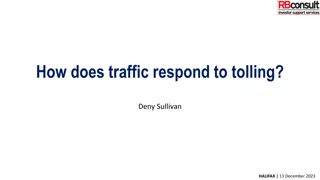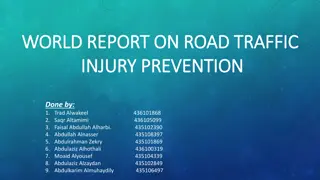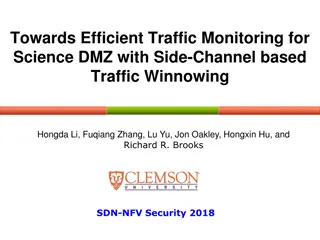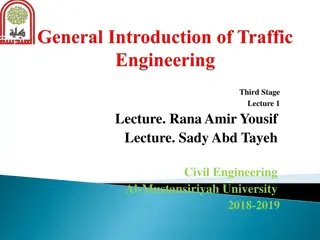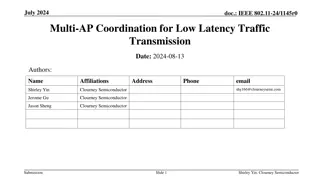Sight Distance and Stopping Sight Distance in Traffic Engineering
Sight distance is crucial for drivers to spot obstacles and pass safely on highways. Stopping Sight Distance (SSD) is the minimum distance required for a vehicle to stop before reaching a stationary object. Factors affecting SSD include reaction time, speed, and road conditions. Passing Sight Distance (PSD) is essential for overtaking safely on two-lane highways. Engineers consider these distances to ensure road safety and design effective traffic management systems.
Download Presentation

Please find below an Image/Link to download the presentation.
The content on the website is provided AS IS for your information and personal use only. It may not be sold, licensed, or shared on other websites without obtaining consent from the author. Download presentation by click this link. If you encounter any issues during the download, it is possible that the publisher has removed the file from their server.
E N D
Presentation Transcript
3rdStage Lecture 12 Lecture. Dr. RanaAmir Yousif Lecture. Dr. SadyAbd Tayh Civil Engineering Al-Mustansiriyah University 2019-2020
References: Nicholas J. Garber, Lester A. Hoel, (2010) Traffic and Highway Engineering, 4thed. Roger P. Roess, William R. McShane, (2004), update copy (2016) Traffic Engineering (4th Edition). Highway Capacity Manual, (HCM, 2010). Traffic Engineering Handbook: Transportation Engineers, Seventh Editions (2016). Institute of
Sight Distance: is the length of the roadway ahead visible to the driver. Safe highways must be designed to give drivers a sufficient distance of clear vision a head so that they unexpected obstacles and can pass slow moving vehicle. can avoid hitting
Stopping Sight Distance (SSD): Is the minimum distance required to stop a vehicle traveling at the design speed before it reach's a stationary object in the vehicles path. The stationary object may be another vehicle or some object within the roadway. Stopping Sight Distance: is the sum of two distances: Brake reaction distance. Braking distance. 1. 2.
Intervals between the driver recognizes the object or hazard a head and the instant the brakes are actually applied. A reaction time (2.5) sec. can be considered adequate, some drivers takes 3.5 seconds to response, generally (1.5-2.5) sec. Where: v: vehicle velocity (km/hr). t: time (sec.). s: slope of the road (in decimal form). SSD: stopping sight distance (m). f: coefficient of friction between tires and roadway.
Presence of moisture, snow,mud. Type and condition of pavement surface. Treat of tires. Usually taken from table of wet pavement condition.
Solution: A) SSD= 26.48 m. Hence, the driver will be able to stop in time. B) SSD= 42 m. Hence, the driver will not be able to stop in time.
Passing Sight Distance (PSD): On most two lane two way highways, vehicles frequently overtake slower- moving vehicles by using the lane of opposing traffic. For safe maneuver passing, the driver should be able to see a sufficient distance a head. The minimum passing sight distance for two-lane highway is the sum of the four distance shown in figure below.
d1: distance traversed during perception reaction time and during initial acceleration to the point where the passing vehicle just enters the left lane. d2: distance traveled the time the passing vehicle is traveling in the left lane. d3: distance between the passing vehicle and the opposing vehicle at the end of the passing maneuver. d4: distance moved by the opposing vehicle during two thirds of the time the passing vehicle is in the left lane ( usually taken to be 2/3 d2 ).
t1 : time for initial maneuver (sec.) a : average acceleration rate (mi/h/sec.) v : average speed of passing vehicle (mph). m: difference in speeds of passing and impeder vehicles.
t1 : time passing vehicle is traveling in left lane (sec.) v : average speed of passing vehicle (mph). The clearance distance (d3) between the passing vehicle and the opposing vehicle at the completion of passing maneuver has been found to vary between (100-300)ft.
